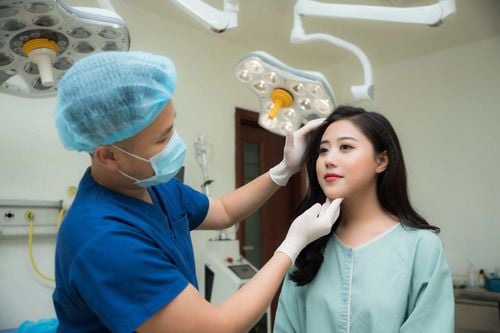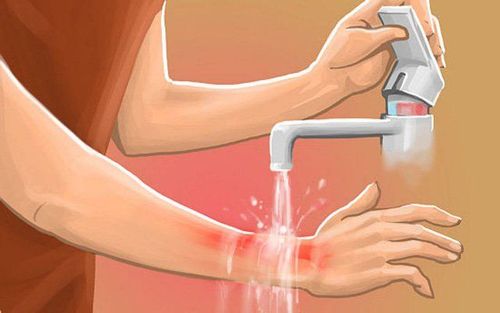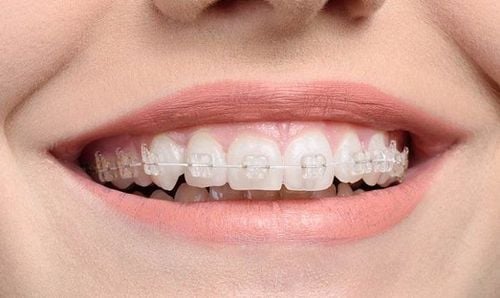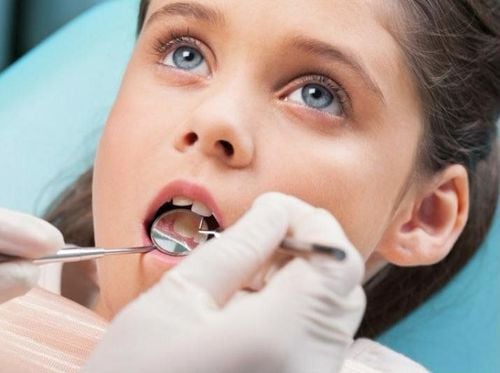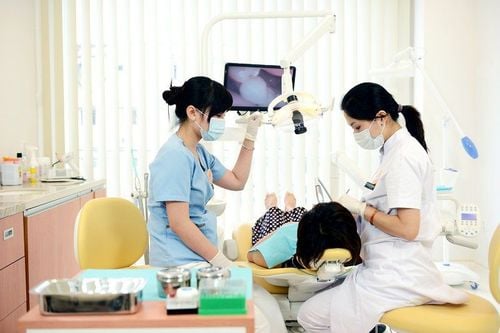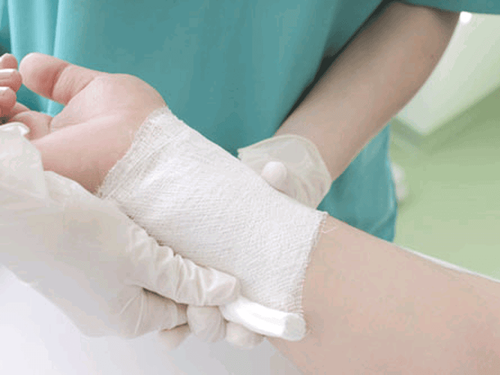This is an automatically translated article.
Motorcycle burns are very common, because in our country motorbikes are a popular means of transportation. Depending on the severity of the injury, if the wound is mild, it can be treated at home. On the contrary, in cases of severe trauma, it is necessary to visit a doctor for evaluation and treatment, to avoid leaving unsightly scars.1. How to recognize to treat motorcycle potty burns
Motorcycle potty burns vary in severity, and although some burns can be treated at home, more severe burns may require specialized medical treatment.Maybe you don't know, the silencer of a motorcycle, also known as a muffler, when the car is running can reach 500 degrees Celsius and it only takes a second to burn the skin, causing a very deep wound.
Motorcycle is a means of transportation used every day. However, no matter how careful you are, a motorist can still get burned. To avoid wound infection and scarring, the first thing you should do when you have a motorcycle potty burn is to give proper first aid when you have a potty or thermal burn
Specifically, the first step in treating a motorcycle potty burn is determine the degree of burn: first degree, second degree or third degree. The most effective way to determine the type of burn is to assess the extent of the damage caused by the trauma - or more specifically, the burned skin. The more layers of skin are damaged, the more severe the condition will be.
1.1 First degree burns First degree burns only affect the first layer of skin. One of the more common forms of first-degree burns is, for example, a common sunburn.
Common symptoms associated with 1st degree burns are: The affected skin area is only red, mildly swollen, and mildly painful. The typical recovery time for a 1st degree burn from a motorcycle exhaust is 2 to 3 days.
1.2 2nd degree burns 2nd degree burns injure both the first and second layers of skin.
Symptoms associated with 2nd degree burns are similar to 1st degree burns but the pain is more intense and may develop blisters. The typical recovery time for a second-degree burn is 2 to 3 weeks.
1.3 3rd degree burns 3rd degree burns are the most dangerous and cause damage to all layers, from the skin to the muscles or bones. These burns are also caused by direct contact with hot objects, flames and scalds with the difference being that the degree of contact is stronger than that of 2nd degree burns.
Common symptoms associated with 3rd degree burns are : The skin burns black or turns white or yellow, swollen a lot, the skin is rough and painless due to damage to both tissue and nerve endings. Depending on the severity of the burn, recovery from a third-degree burn can take anywhere from a few weeks to several years.
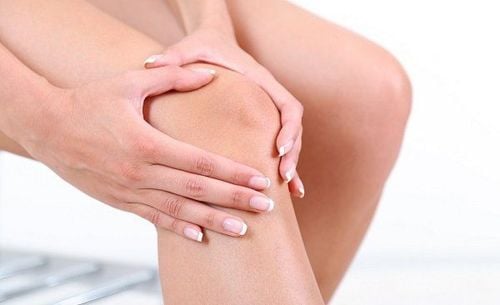
Cách trị bỏng bô xe máy không để lại sẹo là câu hỏi được nhiề
2. How to treat motorcycle bonnet burns without scarring for 1st degree burns and 2nd degree burns
1st degree and 2nd degree burns are mostly treated with the same methods as basic first aid according to the appropriate procedure in each case as follows:2.1 Mild 1st and 2nd degree burns Wash the skin affected by cool (not cold) water. Cold water (or ice) can lower the victim's body temperature and cause further damage to the affected area. Therefore, only soak the affected area in cool water for 10-15 minutes.
Then, cover the area with a sterile gauze pad, or bandage, both to help prevent external impact on the burn and to help relieve pain. Make sure the bandage fits snugly over the area. Avoid wrapping the bandage too tightly as it can cause further damage to the skin.
2.2 Severity 2nd Degree Burns If 2nd degree burns cause blisters and cover a significant area of skin, further treatment beyond basic first aid is required to properly care for the burned area, avoid risk of scarring later. If the burn has blisters, follow the steps outlined above. Again, make sure to keep the gauze a little looser, this will prevent the blisters from bursting. Do not burst any blisters that form on the surface of the burn. These blisters have grown to help heal the affected area, and rupturing them can lead to more painful, infectious complications and an increased likelihood of scarring. If the second-degree burn is severe enough to form blisters and ulcerate, it should be treated like a third-degree burn.
3. How to treat motorcycle bonnet burns without scarring for 3 degree burns
Victims must receive immediate medical help in all situations to be transported immediately to the nearest medical center. Do not remove clothing, accessories, or other materials from the burn area under any circumstances, as doing so may cause further damage to the wound. Do not wash the burn in cool or cold water as this may cause hypothermia or shock. It is best to cover only the affected skin area with a clean, cool, moist bandage. Do not put pressure on the bandages, but just let them lightly cover the surface of the wound. Elevate the affected area if possible to help reduce swelling further, preferably above heart level. If medical assistance cannot be obtained for 24 hours or longer, cover the burned area with a clean, cool, moist bandage every other day. Be sure to moisten the old dressing before removing it to limit further damage to the wound.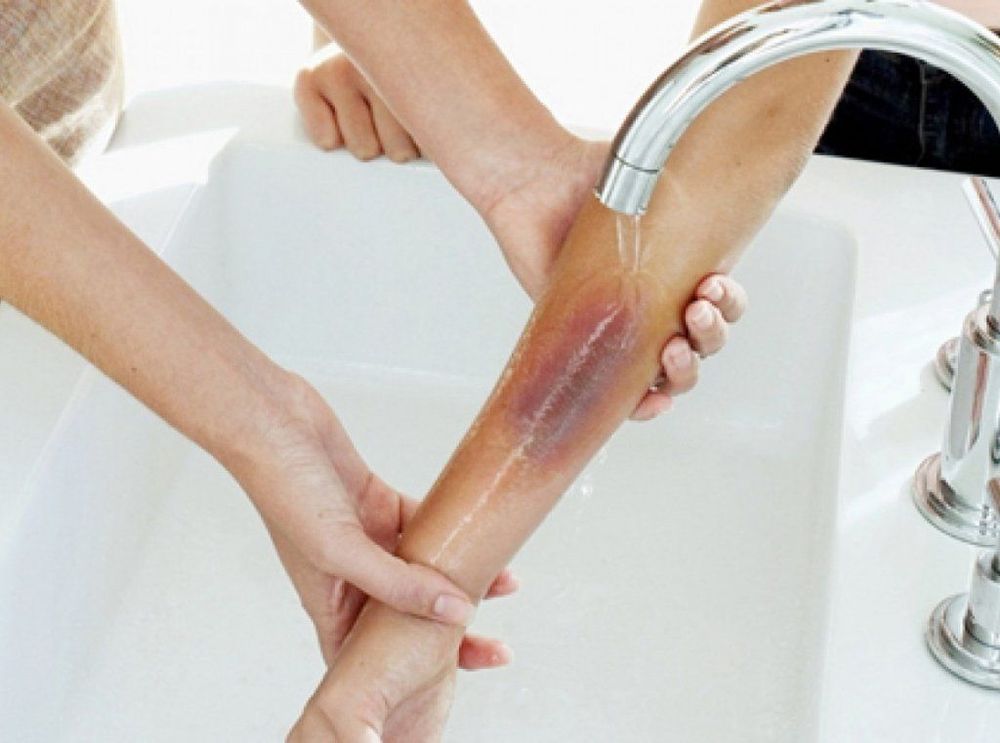
Cần sơ cứu đúng cách để trị sẹo bỏng bô
4. Things to note for the treatment of motorcycle potty burns without leaving scars
In addition to the above first aid steps, in order to avoid the need to treat potty burns later, the best way is to actively prevent the risk of increasing the possibility of scar formation with the following notes:Always wet old bandage before removing it to replace it with a new one. Only lightly cover the burned area with a sterile non-adhesive bandage and secure with an external stapler or stapler. Do not put pressure on the burned area. Consult a dermatologist about the use of topical burn scar relievers. Do not break any blisters because rupturing the blisters can cause infection. Also, do not apply ice or ointment. All of these can cause infection in damaged skin. Pain relievers such as acetaminophen or ibuprofen should be taken to control pain. Often the initial pain goes away as the body releases adrenaline, but keep in mind that pain will often return after recovering from the initial shock caused by the injury. It is best to take pain relievers as soon as possible after the injury. May be accompanied by anti-allergic drugs to reduce skin itching, avoid accidentally causing further rubbing on the burn. When the burn is slow to heal or has unusual signs, the possibility of infection should be suspected. Indeed, the burned skin is an ideal environment for bacteria to live and cause disease, so it is very susceptible to infection. Signs of an infection may be more swelling and pain, increasing the likelihood of bad scarring later on. You should seek medical attention soon for specialized care if the following abnormal signs are detected: The burned skin becomes blistered, is larger than 5 cm in diameter, or is draining fluid or pus. Have symptoms of an infection such as fever, swelling, increased redness, discharge, or increased pain. No tetanus shot in the past 10 years. The red area extends beyond the area of the burn or extensive tissue damage. In summary, motorbikes are a convenient means of transport in crowded urban areas but also come with risks. Whether it is a motorcycle potty burn or an accident caused by a traffic collision with various degrees, it can interfere and affect health. Accordingly, when accidentally encountered, make sure the above treatment does not leave scars properly right from the start to minimize the risk of scarring later.
Please dial HOTLINE for more information or register for an appointment HERE. Download MyVinmec app to make appointments faster and to manage your bookings easily.




